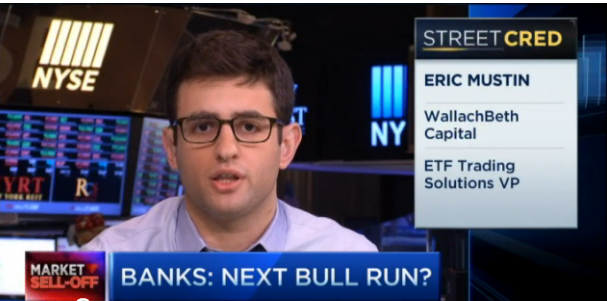3 ETF Option Trading Strategies Financial Web
Post on: 9 Май, 2015 No Comment

Many ETFs hold underlying options. Since the prices of ETFS fluctuate throughout the day, ETFs allow this kind of flexibility. You might want to get temporary exposure to a certain sector. Another reason to invest in exchange traded funds with underlying options is to hedge current ETF positions in your portfolio. Buying and selling ETF options allows you more sophisticated trading strategies than just buying ETFs. Trading ETF options incurs a small fee called a premium. ETF options are useful for customizing your risk exposure to the entire market as opposed to individual stocks. ETF options have often been neglected because of the perceived complexity of option trading.
ETF Call Options
A call option as it relates to ETFs gives you the right to buy an ETF at a certain price until the call expires. The price that you are allowed to buy the stock at is called the strike price. For example, if you buy the Dec 40 XXXX ETF, you have bought the right to buy this ETF for 40 dollars until the third friday of december. If the price of this ETF does not rise above 40 dollars before that time, the option will expire worthless. You might want to purchase a call to protect yourself from upside buy. If the price of the ETF rises above the price of the call plus the strike price, then you will have broken even. You can also sell call options. Here, you want the price of the ETF to go down. Selling a call option is a more advanced strategy than buying options. It is also much riskier. The most you can gain when selling option is the purchase price of the ETF. There is no limit on how much you can lose when selling options.
Put options on ETFs are a safer way gain money from the downturn of an ETF. A put is a a good way to protect downside risk. A put option gives you the right to sell the ETF at a given price. If the ETF stays above the put price, the option will expire worthless. Like with calls, you can also sell put options. Here you want the stock price to go up. Selling put options is, again, riskier than buying them. The upside potential is limited and the downside potential is, again, unlimited.
ETF options can also be used to protect portfolio gains. If you own shares in an energy ETF, but believe that the price of oil will fall in the next few months, and you do not want to sell shares because you do not want to pay capital gains tax, using ETF options to hedge for this potential loss is a good choice. You can buy a put option, so if the price of the ETF falls you can sell the shares and buy them back at a lower price, giving you a profit and paying far fewer taxes than you would if you just sold your shares outright.
Not everyone should trade options. A successful ETF options trading strategy requires taking the time to research carefully. However this research is often well worth the time. Successful options trading can be extremely lucrative.














